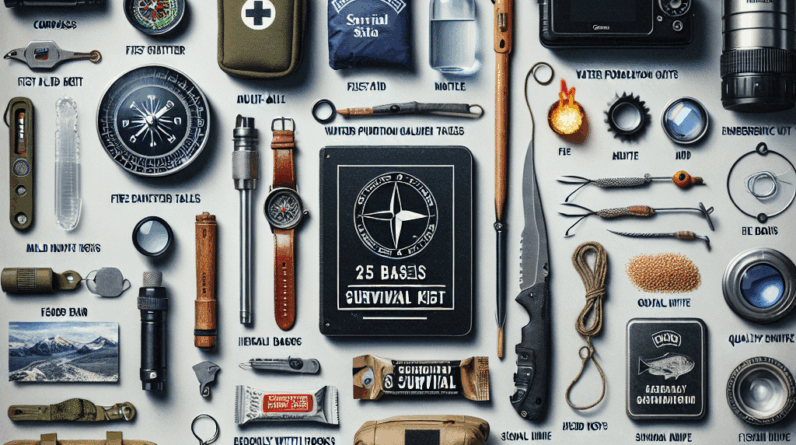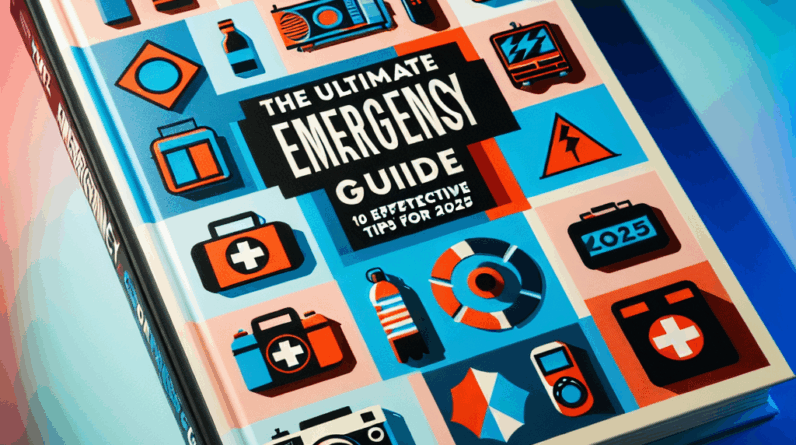Preparing for a scenario where you might be away from home for an extended period requires thoughtful planning and understanding. Whether it’s due to natural disasters, economic shifts, or personal reasons, knowing what to expect and how to handle it is paramount. Here is a comprehensive guide to help you navigate long-term displacement effectively.
Understanding Your Situation
Before jumping into preparations, it’s essential to evaluate potential scenarios thoroughly. It’s akin to preparing for a storm; you wouldn’t simply grab an umbrella without first checking the forecast. Whether facing natural disasters, economic shifts, or personal upheavals, grasping the possible challenges ahead is crucial.
After envisioning various situations, I reflect on their potential durations. Long-term displacement involves more than a brief stay at a friend’s or relative’s home; it could extend to months or even longer, prompting a shift to more intensive planning.
Finally, I visualize daily life under these circumstances. How would commuting to work change? What about my children’s education? Considering these factors helps in shaping practical and concrete preparation plans.
Setting Priorities
In the context of displacement, prioritizing basic needs such as food, shelter, and safety is my initial focus. Communication follows closely; maintaining contact with my support network is crucial as it reduces feelings of isolation and enhances empowerment.
Emotional support also plays a significant role. The mental toll of long-term displacement is substantial, so compiling a list of contacts like friends, family, or counselors for emotional support is beneficial. Sometimes, just having a conversation can be incredibly uplifting.
Furthermore, I consider necessities for maintaining daily routines such as school and work. Finding ways to continue these in a new environment can significantly smooth the transition.
Creating a Solid Plan
# Emergency Supplies
I start by assembling a list of essentials for an emergency kit—food, water, first aid supplies, and vital documents are always included. This kit acts as a compact survival toolbox that’s ready to go, providing peace of mind.
I also tailor the kit with specific items my family prefers, such as non-perishable snacks. This customization makes the emergency kit more practical and comforting.
Regular checks on these supplies are crucial to ensure everything is up to date and usable, avoiding the unpleasant surprise of expired or unusable items when they’re needed most.
# Communication Tools
My communication plan is vital and includes a physical list of important contacts, ensuring accessibility even if digital devices fail. Considering alternative communication methods like walkie-talkies or ham radios is also beneficial, as these can be invaluable in situations where conventional methods are compromised.
Additionally, I establish a predetermined meeting spot for family and friends, which can alleviate stress and confusion in times of disrupted communication.
Logistics of the Move
# Finding Housing
One of the largest hurdles is securing accommodation. I start by exploring various sources online such as Airbnb, local listings, or community boards to find suitable options.
Upon finding a potential home, I assess the surrounding area for amenities like grocery stores, schools, and parks, which aids in quicker adaptation.
Considering the length of stay is also important, as it influences the type of accommodation I seek, be it a temporary room or a more permanent residence.
# Transportation Considerations
Transportation is a critical aspect; I evaluate whether I can drive or if I need to rely on public transport. Ensuring my vehicle is in good condition or planning for roadside assistance is part of my strategy.
I also explore local transportation options like subway passes or bicycles, depending on the urban or rural settings of my new location, and plan financially for potential travel costs.
Emotional and Mental Preparation
# Building a Support Network
Avoiding isolation during long-term displacement involves actively seeking out community centers, social media groups, or local clubs. Engaging in these communities can foster connections and support.
I make attending local events a priority, which although sometimes uncomfortable, can lead to meaningful relationships and provide a sense of belonging.
Keeping in touch with friends and family through regular calls and meet-ups is also crucial for maintaining a connection to my roots and overall well-being.
# Maintaining Mental Health
Prioritizing mental health involves establishing routines that incorporate self-care practices like exercise, journaling, or meditation. These activities help stabilize emotional health amidst upheaval.
If necessary, I seek professional help to cope with the emotional challenges of displacement. It’s a proactive approach that reinforces resilience and emotional strength.
Lastly, I ensure to take breaks to relax and recharge, acknowledging that coping with displacement is a prolonged endeavor.
Frequently Asked Questions
1. What should I include in my emergency supplies?
Your emergency kit should contain essentials like non-perishable food, water, personal documents, first aid supplies, and any crucial medications. Include comfort items such as snacks or books for mental relief.
2. How do I find housing during long-term displacement?
Explore a variety of online resources like Airbnb, local listings, or community boards. If possible, visit potential accommodations to better understand the amenities available in the neighborhood.
3. What are effective communication tools during displacement?
Maintain a written list of important contacts, and consider backup communication methods like walkie-talkies or ham radios, especially useful when traditional systems fail.
4. How can I build a support network in a new area?
Look for local community centers, join social media groups, or participate in local clubs that align with your interests. Engage actively by attending meetings and social events.
5. What are some self-care practices for maintaining mental health during displacement?
Establish a daily routine that includes activities like exercise, journaling, or meditation. Don’t hesitate to seek professional help if overwhelmed, and ensure to schedule regular times for relaxation and recharging.




